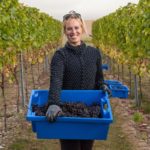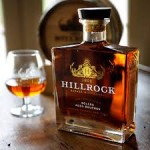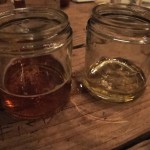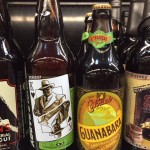Pop the Sparkling! But Which One? Champagne vs. Prosecco vs. Sparkling Wine
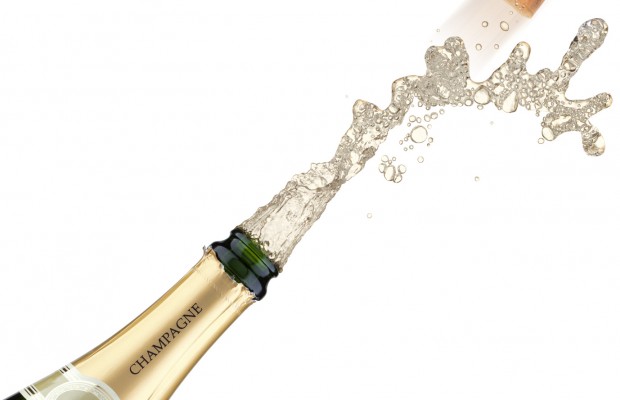
It’s almost Valentine’s Day. Popping a bottle of bubbly seems to be the thing to do. Although (personally speaking) anytime is a good time for bubbly. So, the question becomes, what’s making up those bubbles? Let’s explore Champagne vs. Prosecco vs. sparkling wine, etc…
To start with, all champagne is sparkling wine, but not all sparkling wine is champagne. The basic principle is that a sparkling alcoholic beverage is only called Champagne if it comes from the region of Champagne, France. Another requirement is that it only be made using Chardonnay, Pinot Noir, and Pinot Meunier grapes. And a final major distinction? It must be made in the traditional method (or “Méthode Traditionelle”), which requires that the wine’s secondary fermentation take place in the bottle – the bottle which it will ultimately wind up in. (And yes, the story of how this all started is often attributed to the monk Dom Perignon.)
Another common sparkling wine is “cava,” which hails from Spain. Although it’s made in several different styles, it’s typically with the grapes macabeo, parellada and xarel-lo (all native to Spain) and it is also produced using the Traditional Method, like Champagne.
The wines that sparkle from Italy? Or more specifically, the Veneto region of Italy…Prosecco. Prosecco tends to have larger bubbles and taste a bit fruitier than cava or champagne, and is perfect for sipping or for making cocktails requiring a sparkling wine. Prosecco is produced primarily from the prosecco or glera grape and its secondary fermentation takes place in a stainless steel tank (the Charmat method).
American (mostly California) sparkling wines represent an appealing middle-of-the-road point (in both price and complexity) between Champagne and Prosecco. Producers of quality American sparkling wine often adhere to the “Champagne” standards and apply the traditional production methods. Many well-known and respected French Champagne houses have a set-up in California under a different name. For instance, Taittinger (has Domaine Carneros), Moët & Chandon (Domaine Chandon), G.H. Mumm (Mumm Napa) and Louis Roederer (Roederer Estate).
The bottom (bubbly) line is – definitely try a few different kinds from time to time. Just know what you’re trying, and then go with what you like. Whatever you ultimately choose, any sparkling should be bright, alive and effervescent in your mouth, and (the kicker) should be fruity, but not overly sweet.
3 COOL SPARKLING FACTS
*There are 49 million bubbles per bottle (as per scientist Bill Lembeck reasonably estimated by essentially calculating the volume of CO2 in a 750 ml bottle of Champagne and dividing that by the volume of an average sparkling wine bubble.)
*Brut is less sweet than Extra Dry in sparkling wine lingo.
*The flute is the glass used for sparkling wine because it preserves all the ‘sparkle’ and the aroma. It’s designed to maintain the carbonation, by reducing the surface area at the opening of the bowl.

